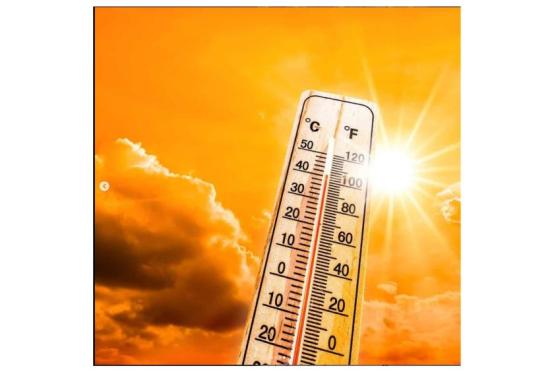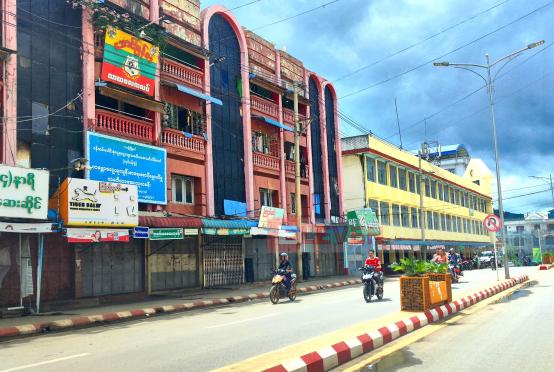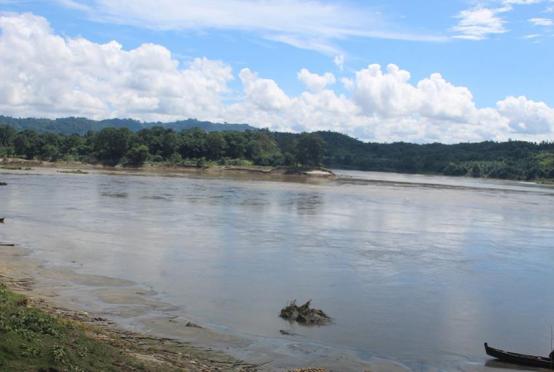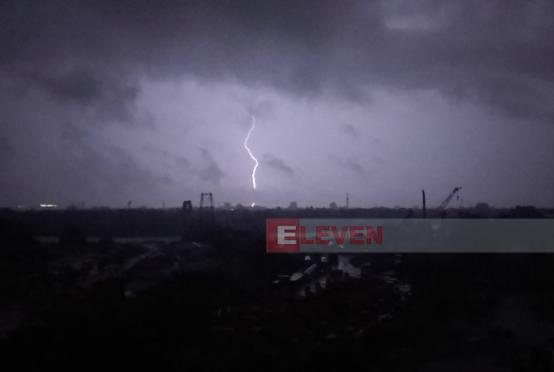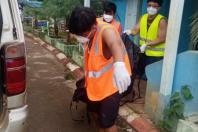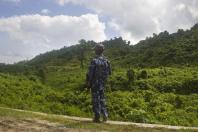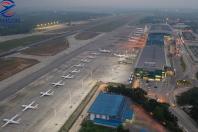
Prime Minister KP Sharma Oli and his Indian counterpart Narendra Modi on Tuesday jointly inaugurated the Nepal-India cross border petroleum pipeline.
Both the prime ministers switched on the pipeline from their respective offices in Singha Durbar, Kathmandu and Hyderabad House, New Delhi via videoconferencing.
“I thank my friend Modiji and the Government of India for the completion of the project ahead of the deadline. Congratulations to the Nepali team associated with the project,” Oli tweeted.
Similarly, Modi said in a tweet: “It's a matter of great satisfaction that South Asia's first-ever cross-border petroleum pipeline has been completed in a record time. This project has been completed in half the time than expected. The credit goes to your leadership, Government of Nepal and our joint efforts.”
The 69-kilometre-long pipeline will transport fuel from India’s Barauni refinery in Bihar to Amalekhgunj in Nepal. Of the 69 kilometres, 36 kilometres of the pipeline is on the Nepali side and the rest on the Indian side.
During the test supplies last month, India had released 650 kilolitres of water and subsequently, 3,100 kilolitres of diesel.
If operated for 15 hours daily, the pipeline can supply around 4,000 kilolitres of petroleum products in a day.
Nepal and India in August 2015 had signed a pact for the construction of the cross-border petroleum pipeline to ease the supply of petroleum products to Nepal.
The total project cost stands at INR 3.5 billion, out of which INR 750 million is borne by the Nepal Oil Corporation and the remaining portion is covered through Indian grants.
According to a press statement by the Embassy of India in Kathmandu, Indian Oil Corporation and Nepal Oil Corporation are also working to build an additional storage facility at Amlekhgunj depot which will augment the storage of petroleum products in Nepal.
The Motihari-Amlekhgunj petroleum pipeline is expected to ensure continuous, cost-effective, quality and eco-friendly supply of petroleum products to Nepal.
Supply of petroleum products via the pipeline is expected to hugely reduce Nepal’s fuel import cost. It can also significantly reduce leakage and wastage. With the less use of tankers to carry fuel, it will also have a significant impact on the environment.
The 10-inch diameter pipeline has a capacity of 2 million metric ton per annum (MMTPA). The supplies from Indian Oil Corporation to Nepal Oil Corporation started in 1974 and the relationship between the two countries in the petroleum sector has further strengthened with the operationalisation of the pipeline.
According to the statement, the pipeline is equipped with the latest SCADA tele-supervisory system and the most advanced leak detection system.
“The signals of any tinkering or damage to the pipeline will be received through the optic fibre cable along the pipeline at the control centres, including at Amlekhgunj depot,” reads the statement.
The Nepal Oil Corporation hopes to save Rs 2 billion annually in freight charges and eliminate the vagaries of transportation via tanker trucks at Birgunj border point after it starts getting fuel via the pipeline. It currently takes at least 14 hours to ferry gasoline from Patna to Amlekhgunj.
The project, first proposed by India in 1995, was officially agreed upon by Nepal in August 2015 after then Indian Minister for Petroleum and Natural Gas Dharmendra Pradhan and then Commerce and Supplies Minister Sunil Bahadur Thapa signed a pact to get the pipeline project rolling.
Earlier in August 2014, during the first official visit of Modi to Nepal, both India and Nepal had announced to build a cross-border petroleum pipeline.


